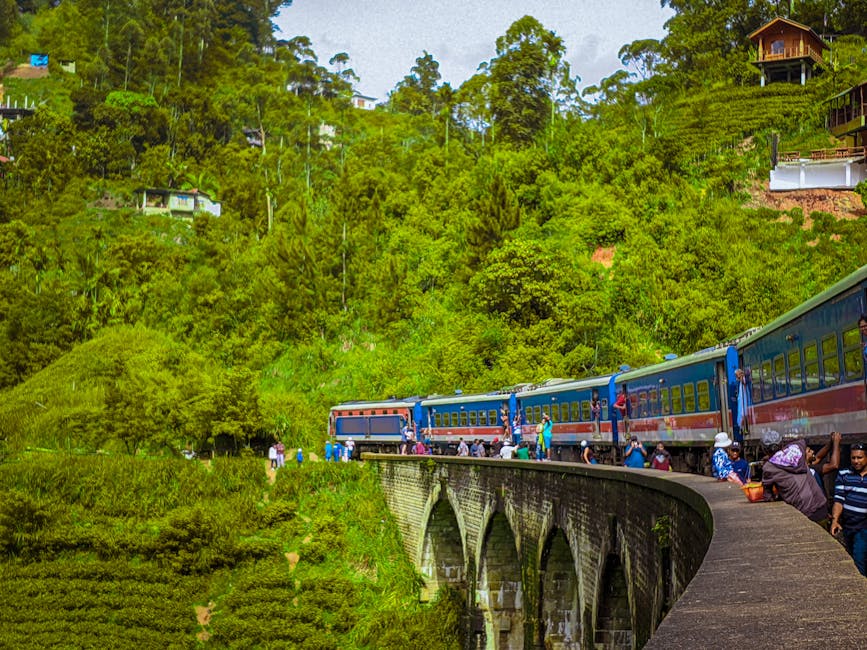The Ultimate Guide to Your First Solo Trip is your essential resource for stepping confidently into the world of solo travel. Whether you’re dreaming of your first solo adventure or wondering, ‘Is solo travel for me?’, this comprehensive guide will walk you through every stage—from planning a solo vacation to thriving on the road alone. Embrace the freedom, self-discovery, and empowerment that come with traveling solo, and let Journey Atlas be your companion on this transformative journey.
Why Take a Solo Trip? Understanding the Appeal
Solo travel is more than just a trend—it’s a personal journey that invites you to step outside your comfort zone and discover both the world and yourself. Many first-time solo travelers are drawn to the idea of complete freedom: you set the pace, choose the destinations, and follow your own interests without compromise. Traveling alone also fosters self-reliance, boosts confidence, and provides unique opportunities for self-reflection and growth.
Solo travel is perfect for those seeking adventure, introspection, or simply a break from routine. It encourages you to meet new people, try new things, and embrace spontaneity. While the thought of venturing out alone may feel daunting, countless travelers have found solo journeys to be empowering and life-changing. If you’re asking yourself, ‘Is solo travel for me?’, remember that the only way to truly know is to take that first step. You may just find that solo travel is exactly what you need.
Planning Your First Solo Vacation: A Step-by-Step Guide
Planning a solo trip can seem overwhelming, but with the right approach, it becomes an exciting and manageable process. Start by choosing a destination that is solo-friendly and aligns with your comfort level. Research places known for their welcoming atmosphere, safety, and strong tourism infrastructure—these destinations often offer plenty of hostels, group tours, and opportunities to meet other travelers.
Next, map out the logistics. Book your accommodation in advance, especially for the first few nights, and opt for centrally located lodgings with good reviews. Create a flexible itinerary that balances must-see attractions with free time for spontaneous exploration. Make digital and hard copies of important documents, and keep emergency contacts handy. Consider travel insurance for peace of mind.
Budgeting is crucial: plan your daily expenses, split cash and credit cards, and track your spending as you go. Packing light is key—bring versatile clothing, essential toiletries, and a small first-aid kit. Don’t forget a portable charger and a secure way to carry valuables. The more prepared you are, the more confident you’ll feel once you hit the road.
Essential Tips for Traveling Alone: Safety, Confidence, and Enjoyment
Your first solo trip guide wouldn’t be complete without practical tips for traveling alone. Safety should always come first: research local customs and common scams, trust your instincts, and avoid risky situations (like walking alone at night in unfamiliar areas). Stay connected by sharing your itinerary with someone you trust and checking in regularly.
Embrace the art of blending in—try not to look like a tourist, dress appropriately for the culture, and respect local norms. Be open to meeting new people, whether it’s fellow travelers or locals, but always prioritize your comfort and boundaries. Don’t be afraid to say no or remove yourself from situations that don’t feel right.
Solo travel is also about enjoyment and self-discovery. Take time to savor meals, explore hidden corners, and reflect on your experiences. Keep a journal or take photos to capture the moments. Remember, it’s normal to feel lonely or uncertain at times, but these feelings often give way to a deeper sense of independence and fulfillment.
Solo Travel for Beginners: Building Confidence and Overcoming Challenges
If you’re new to solo travel, start small. Consider a weekend getaway or a destination close to home before tackling a longer journey. Practice navigating unfamiliar places, trying new foods, and managing logistics on your own. Each successful solo outing builds your confidence and prepares you for bigger adventures.
Challenges are part of the solo travel experience. You might get lost, face language barriers, or feel overwhelmed by choices. Approach these moments with patience and curiosity—they’re opportunities to learn and grow. Don’t hesitate to ask for help; most people are willing to assist a solo traveler. Stay flexible, have a plan B, and remember that setbacks are often the most memorable parts of the journey.
Above all, solo travel is a celebration of your ability to navigate the world on your own terms. The skills and self-assurance you gain will extend far beyond your trip, enriching every aspect of your life.
Is Solo Travel for Me? Making the Decision
Deciding whether solo travel is right for you comes down to your interests, goals, and comfort level. Ask yourself what you hope to gain: independence, adventure, personal growth, or simply a break from routine. Consider any fears or hesitations—are they rooted in practical concerns, or just uncertainty about the unknown?
If you’re intrigued but hesitant, remember that solo travel doesn’t have to be all or nothing. You can start with short trips, join group tours, or travel to destinations known for solo traveler communities. The key is to listen to your intuition and move at your own pace.
Ultimately, the only way to know if solo travel is for you is to try it. Many first-time solo travelers discover a newfound sense of freedom, resilience, and joy that keeps them coming back for more. Your first solo trip is not just a journey to a new place—it’s the beginning of an inner journey that can transform your outlook on life and travel.
Sources
- https://www.goabroad.com/articles/tips-for-traveling-alone-for-the-first-time
- https://curlsenroute.com/beginners-guide-traveling-alone-first-time/
- https://vacayou.com/magazine/12-tips-for-your-first-solo-trip/
